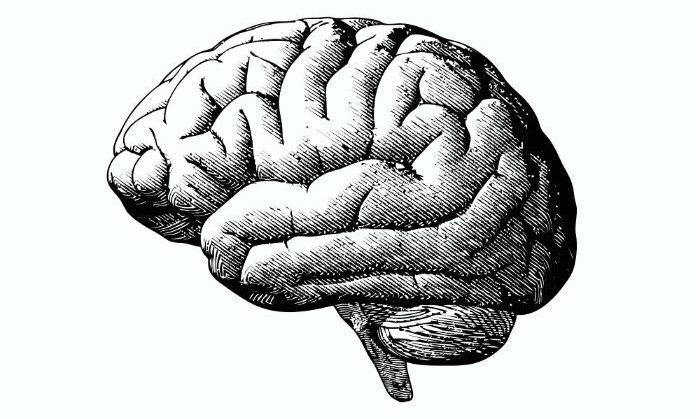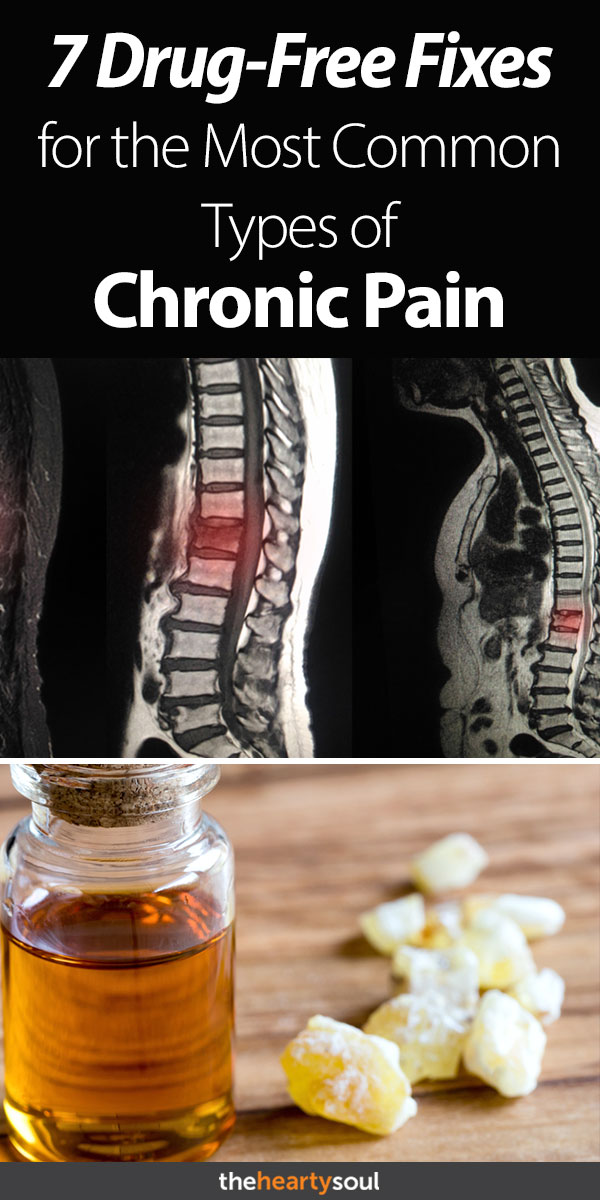Today we’re living in a world full of aches and pains, physically, mentally and emotionally. I too often hear the words ‘getting old sucks’ as people reach for the closest pill bottle. While getting older does change the dynamics of our bodies, there’s more influences than just that for most of our complaints. Even more importantly, there are ways to handle and better these complaints than by popping the nearest painkiller.
Doctors in the modern day are prescribing about 3 times more over the counter opioids than they were just 20 years ago (1). One of the main reasons is that our society that now believes that there’s a pill for everything and would prefer the easiest solution, even if it’s a band-aid.
Most painkillers have been shown to have a maximum window of effectiveness of about 6 weeks (1) before our bodies adapt to it, creating a need to either change the medication or increase the dosage. This can increase the risk of overdosing and dependency, depending on the medication as well as a long list of side effects that most people usually end up taking ANOTHER pill to resolve.
How many people do you know who are on only 1 medication? Sometimes the solution to one thing just opens up more problems than we had before!
The other option is to explore the changes that we can make in our daily lives that can help support our bodies. From making sure you get enough rest to herbal remedies, here are some more natural and long-term ways to relieve chronic pain.
7 Best Natural Ways to Relieve Chronic Pain
1. Yoga & Meditation
One of the overlooked causes of chronic pain, especially lower back pain, is high stress levels. This means that doing yoga, tai chi or another low impact exercise will help to improve symptoms in two ways. First, they help to reduce stress levels and quiet our brains from all of the crazy buzzing that they spend most of the day focussing on, reducing cortisol levels in our systems. This calms our helps our bodies transition from a ‘fight or flight’ response to a ‘rest and digest’ state, which helps the body to function more optimally (2).
They are also a low impact exercise that will help you to develop the muscles that are needed to support our joints and spine. When studied, a twelve week yoga regime of practicing at least 30 minutes 2 times a week resulted in similar results to standard pain care after 1 year of treatment (2). While some people state that they may not experience a decrease in pain, it seems universal that yoga helps people to control the degree of interference their pain plays in their day to day life (3). https://www.youtube.com/embed/na1eiZzhp1s
2. Get some rest!
It’s a fast paced world that we’re living in. Stress levels are at the highest that I’ve seen and sadly that usually results in people losing sleep. Not only does this do nothing to help with stress levels, but the amount of sleep affects the amount of pain that you’ll experience for the following days. There has been a direct correlation between chronic pain and increased sleep disturbances, and sleep disturbances causing more chronic pain (4)! That means that getting more sleep is integral to helping to reduce pain sensitivity (5). It also improves the body’s ability to heal its tissue (5).
On average we should be getting a minimum of 7-9 hours of sleep each night (6). In order to ensure that sleep is more accessible than it otherwise might be – try making it a priority. Find some things that help you relax and turn that into your personal bedtime ritual, it’s almost like you’re training your body that this sequence of events means it’s time for some shut eye.
Some of the best tips are turning off electronics at least 1 hour before bed, as well as not eating too close to when you’re heading to sleep. Practicing yoga everyday has also been shown to improve sleep quality (2) while maintaining a consistent sleep schedule will help your body and mind to know when to start winding down (6). Of course, make sure you have a mattress and pillow that is supportive and comfortable as well!
Read More: Recommended Sleep Times According to Each Age Group
3. Make sure to stay hydrated

We start learning that our body is made up primarily of water at a young age, and for a good reason! H2O is integral to the function of every system in our body because it’s what keeps our bodies running at a cellular level. If our cells aren’t functioning normally than the larger components of our system (i.e. organs, tissues, cartilage, etc.) won’t be either.
If we’re dehydrated than the disks that separate our spinal vertebrae and the cartilage that helps to cushion our joints can kind of…deflate and stiffen (7). This results in more friction and tension that causes our joints to signal to our brain that something is wrong, or painful.
The key to making sure that we stay hydrated throughout the day is making sure that we are in fact, drinking water throughout the day. It is possible to consume too much water, especially with certain conditions (8) (always a safe bet to check with your doctor if you’re worried). Having small sips throughout the day will help ensure that your cells are getting a consistent influx of hydration as they use it up. Reducing substances that decrease hydration will also have an affect – things like coffee and alcohol.
4. Therapeutic Heat & Cold
Whether it be a warm bath (with some soothing essential oils or epsom salts), a heat rub or heating pad, heat is an important factor in reducing chronic pain because of it’s ability to help relax our muscles. Heat also helps to improve circulation and blood flow to the area (9). Heat will also increase the flow of oxygen and nutrients to the injured area which helps to encourage healing (10).
Depending on the type of pain that you’re experiencing, it may be more effective to use cold therapy rather than heat. This would be the case if rather than a stiffness in the joints or tightness in the muscles there is a level of inflammation. When inflammation is the root cause of the pain that we’re experiencing using something like a cold compress, ice pack or sometimes even a cold bath (depending on the areas affected) can help to minimize swelling and reduces nerve end sensitivity. That is to say, it reduces your brains awareness of the pain that’s present (11).
Whether using heat or cold, please make sure not to apply directly onto the skin (feel free to wrap an ice pack or a heat pack in a towel!), and don’t keep them applied for longer than 20 minutes at a time. There is a potential to burn yourself with either option, so make sure that you take precautions and choose the right route for your pain! https://www.youtube.com/embed/StE8rEIBc8M
5. Boswellia
Boswellia, specifically boswellia serrata, is a resin that comes from trees and is renowned for its anti-inflammatory compounds that are said to rival nonsteroidal anti-inflammatory drugs, better known as NSAIDs (things like aspirin, ibuprofen, etc.). What sets Boswellia apart from others is a specific acid – acetyl-11-ketp-boswellic acid, or AKBA for short (12).
AKBA helps to block the creation of one of the primary pro-inflammatory enzymes in the body (13). That means that it can help reduce inflammation as it’s forming! Studies have also shown that in a trial of 20 patients who have symptoms of ulcerative colitis, 18 showed a significant improvement when supplementing with boswellia (14).
When you’re looking for the ‘right’ Boswellia option for you, remember they are available both as a tincture as well as supplement pills. The recommended dosage depends on which brand and formula you pick up, but most should be taken with a meal in order to avoid the potential gastrointestinal upset that can be a side effect for some people. As with most herbal options, if there is another condition at play, make sure to check with your doctor before proceeding (that includes pregnancy and breastfeeding!).
6. Astaxanthin

Produced by the microalgae Haematococcus pluvialis, astaxanthin is thought to be the most powerful naturally occurring antioxidant (15). This is particularly beneficial for those who suffer from chronic, or silent inflammation, which, sadly, is the majority of the population. Unlike some antioxidants, astaxanthin is effective in every part of your body and even crosses the blood-brain barrier in order to access the nervous system and brain (16).
It can attack and neutralize any damaged cells, or free radicals, that are in our system and is even able to neutralize multiple at one time in order to protect our bodies from further damage and prevent damage that would be caused by a lack of antioxidants, also known as oxidative stress (17). In fact, a questionnaire of 247 people experiencing chronic back pain and other inflammatory disorders demonstrated that 90% of them saw an improvement in their symptoms with astaxanthin supplementation (16).
In addition to its abilities to decrease inflammation, it has also demonstrated benefits for your immune system, reducing the signs of aging, and some neurodegenerative diseases, most of which are beginning to be traced back to a history of chronic inflammation.
7. Anti-inflammatory Diet
I’m hoping that if you’ve made it this far, you’ve grasped that inflammation is a key player in chronic pain. While acute pain is something that’s going to happen, inflammation is generally something that we should aim to minimize. The Anti-Inflammatory diet will put a focus on avoiding trans fats, processed foods and sugars while increasing your fibre consumption and incorporating more whole foods such as leafy greens, and berries. The diet itself will help to minimize inflammation as well as keeping the body alkaline. For all the details and guidelines that would work best for you, connect with a practitioner.
This information is not intended to be a substitute for professional medical advice, diagnosis or treatment and is for information only. Always seek the advice of your physician or another qualified health provider with any questions about your medical condition and/or current medication. Do not disregard professional medical advice or delay seeking advice or treatment because of something you have read here.

- Bonakdar R, Sukiennik A. Integrative Pain Management. New York: Oxford University Press; 2016.
- Tul Y, Unruh A, Dick B. Yoga for chronic pain management: a qualitative exploration. Scand J Caring Sci. 2010;25(3):435-443. doi:10.1111/j.1471-6712.2010.00842.x.
- Vitiello MV, Rybarczyk B, Von Korff M, Stepanski EJ. Cognitive Behavioral Therapy for Insomnia Improves Sleep and Decreases Pain in Older Adults with Co-Morbid Insomnia and Osteoarthritis. Journal of Clinical Sleep Medicine : JCSM : Official Publication of the American Academy of Sleep Medicine. 2009;5(4):355-362.
- LEWIN D, DAHL R. Importance of Sleep in the Management of Pediatric Pain. Journal of Developmental & Behavioral Pediatrics. 1999;20(4):244-252. doi:10.1097/00004703-199908000-00007.
- How Much Sleep Do We Really Need?. Sleepfoundationorg. 2018. Available at: https://sleepfoundation.org/excessivesleepiness/content/how-much-sleep-do-we-really-need-0. Accessed June 23, 2018.
- The importance of staying hydrated – Harvard Health. Harvard Health. 2018. Available at: https://www.health.harvard.edu/staying-healthy/the-importance-of-staying-hydrated. Accessed June 25, 2018.
- Rodriguez D, F. Bass III MD, MPH P. Heat or Cold for Chronic Muscle Pain?. EverydayHealthcom. 2018. Available at: https://www.everydayhealth.com/pain-management/using-cold-and-heat.aspx. Accessed June 25, 2018.
- Vert Mooney M. Benefits of Heat Therapy for Lower Back Pain. Spine-health. 2018. Available at: https://www.spine-health.com/treatment/heat-therapy-cold-therapy/benefits-heat-therapy-lower-back-pain. Accessed June 25, 2018.
- Brown, Ph.D. J. Heat or Ice: Which Is Best for Chronic Pain?. University Health News. 2018. Available at: https://universityhealthnews.com/daily/pain/heat-ice-best-chronic-pain/. Accessed June 25, 2018.
- Turner L. Herbal Pain Killer. Amazing Wellness Magazine | The Vitamin Shoppe. 2018. Available at: https://amazingwellnessmag.com/departments/boswellia-serrata-pain-killer. Accessed June 29, 2018.
- Sharma A, Bhatia S, Kharya M et al. Anti-inflammatory and analgesic activity of different fractions of Boswellia serrata. Arjournalsorg. 2018. Available at: https://arjournals.org/index.php/ijpm/article/view/93. Accessed June 29, 2018.
- Yuan Msc G, L Wahlqvist MD M, He Ph.D G, Yang MD M, Li MD D. Natural Products And Anti-Inflammatory Activity.; 2006. Available at: https://apjcn.nhri.org.tw/server./MarkWpapers/Papers/Papers%202006/Yuan.pdf. Accessed June 29, 2018.
- Biswal S. Oxidative stress and astaxanthin: The novel supernutrient carotenoid. International Journal of Health & Allied Sciences. 2014;3(3):147. doi:10.4103/2278-344x.138587.
- Betteridge D. What is oxidative stress?. Metabolism. 2000;49(2):3-8. doi:10.1016/s0026-0495(00)80077-3.

